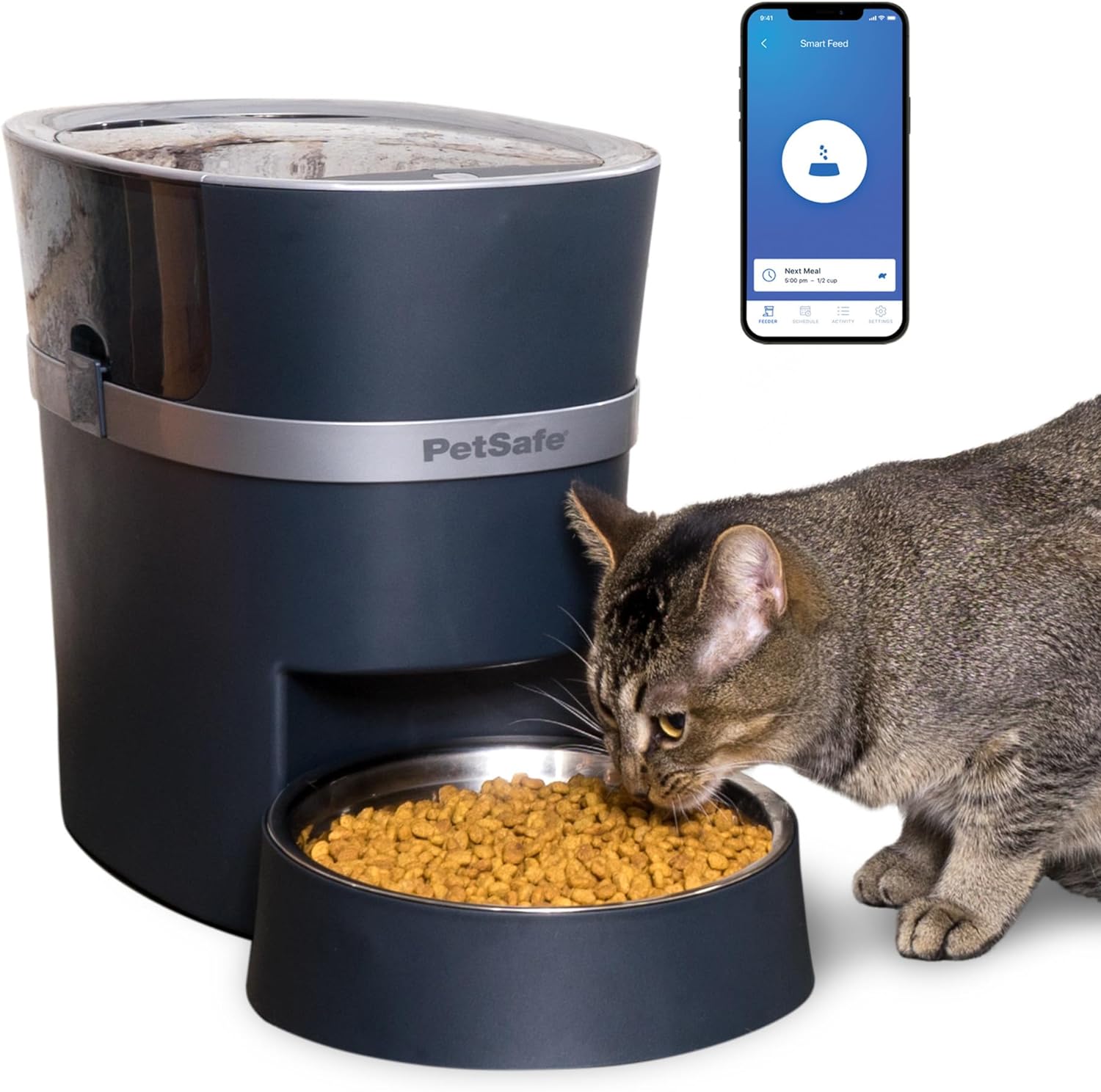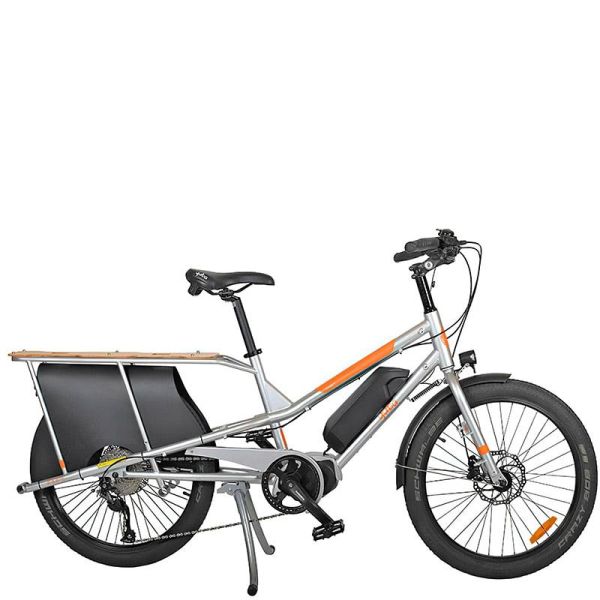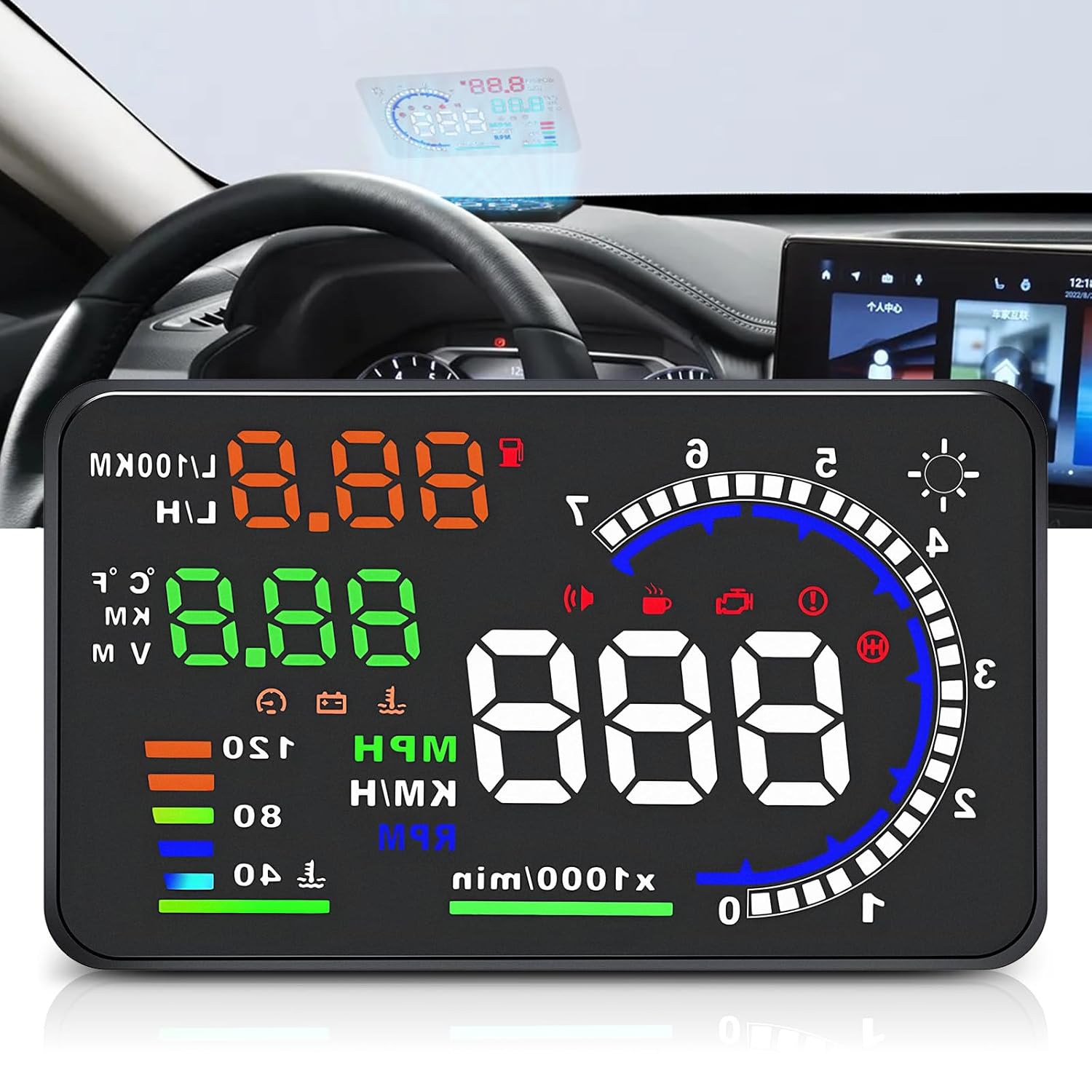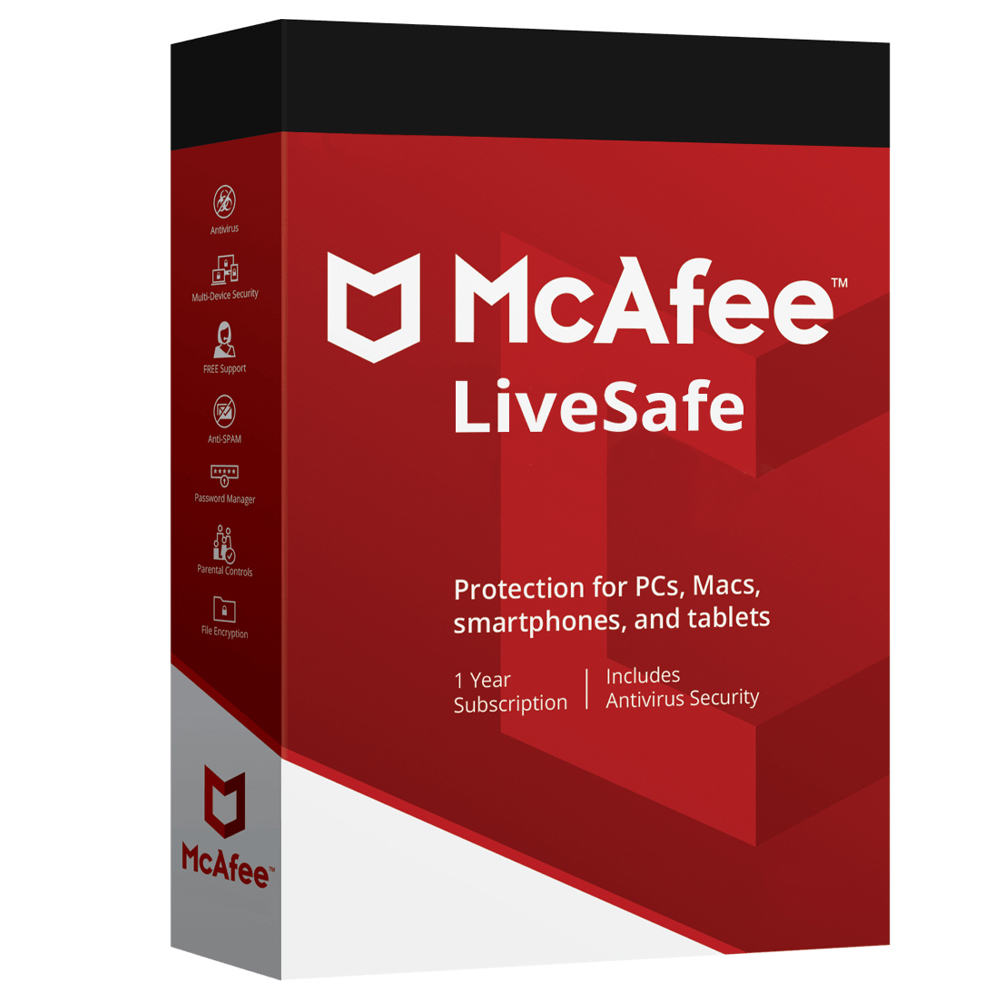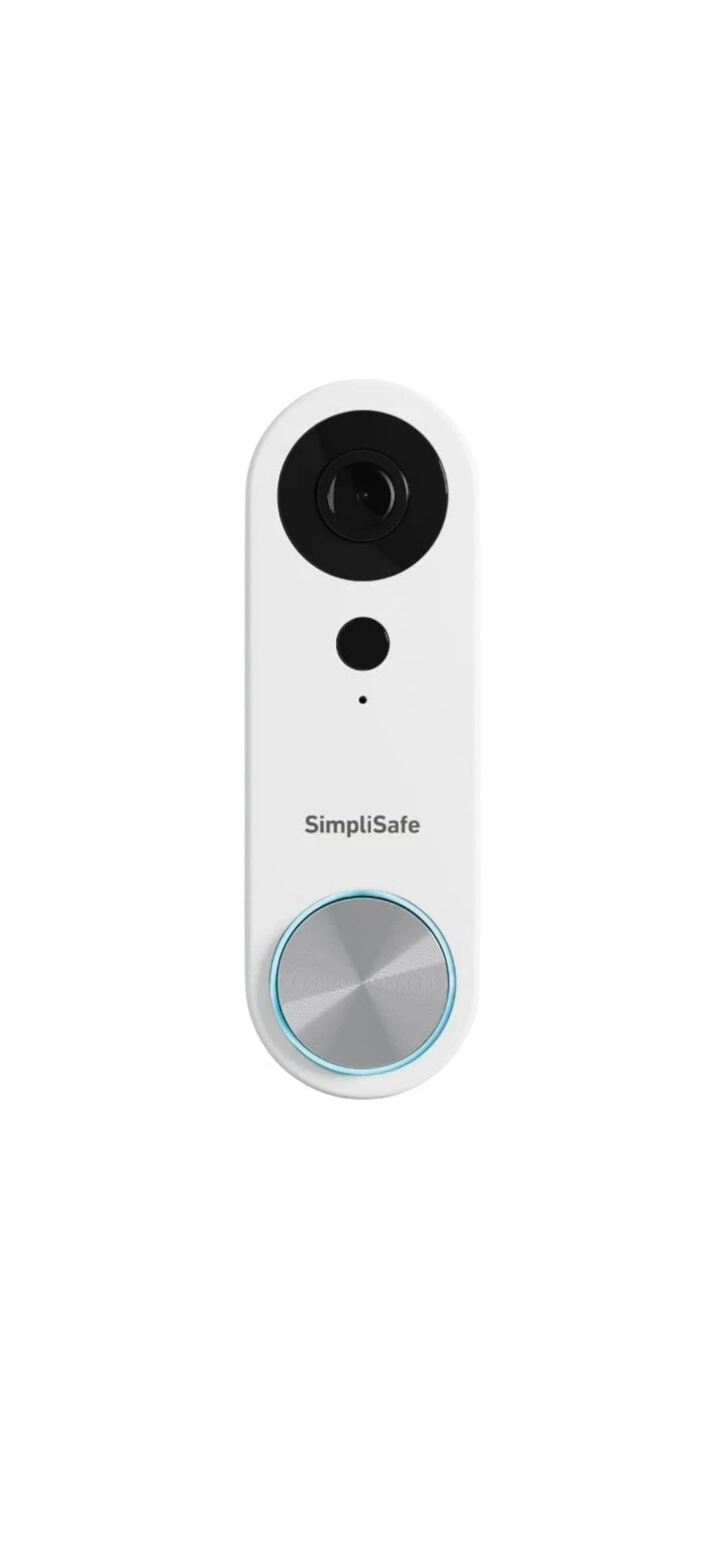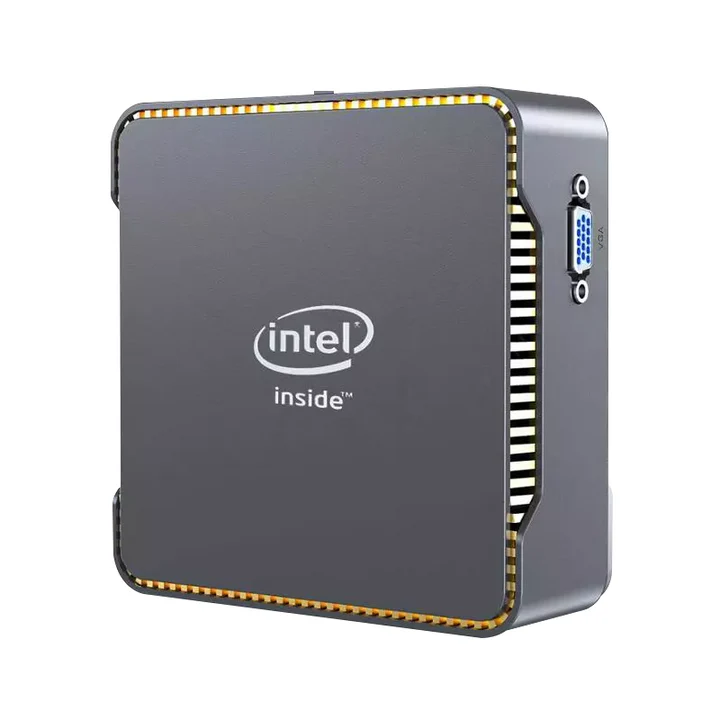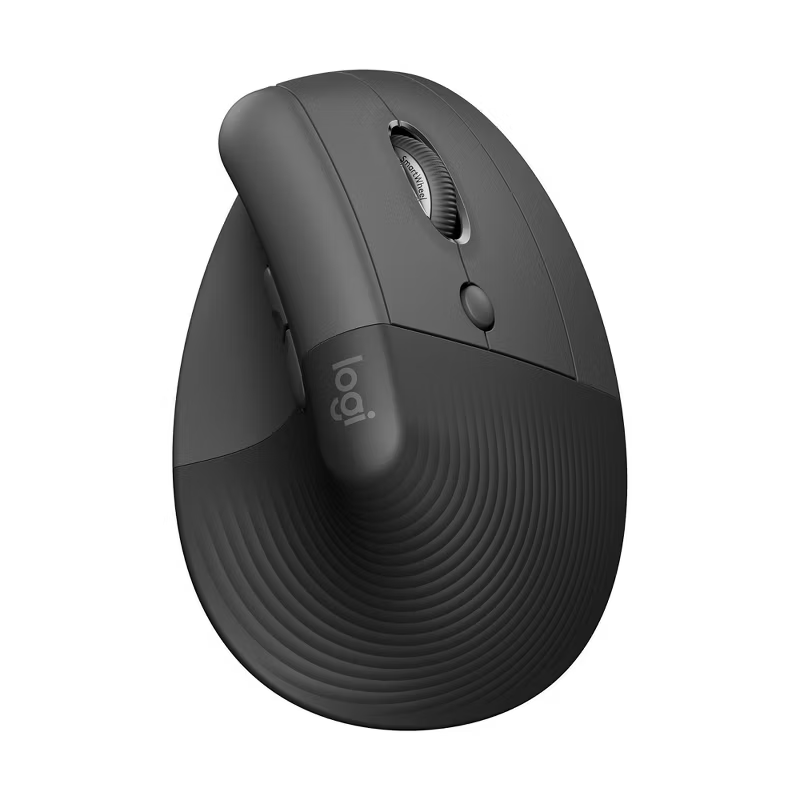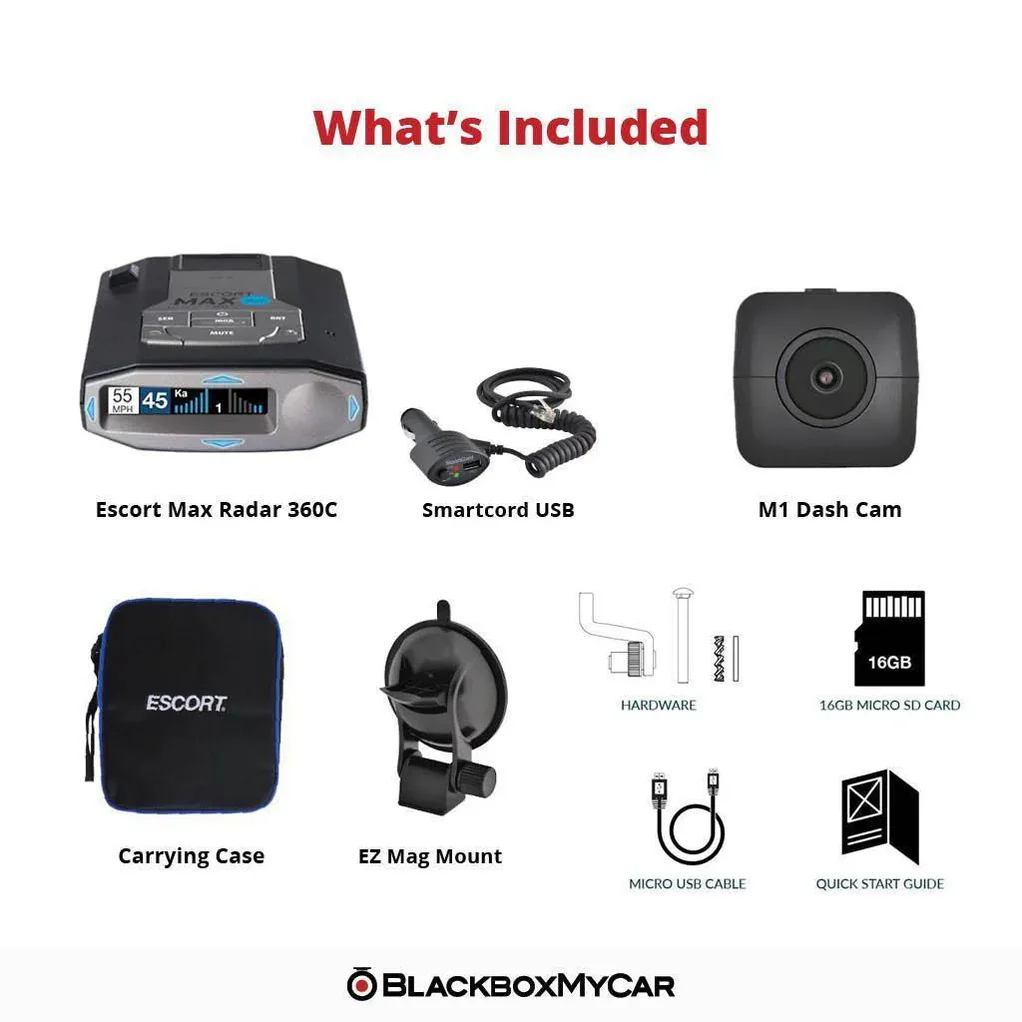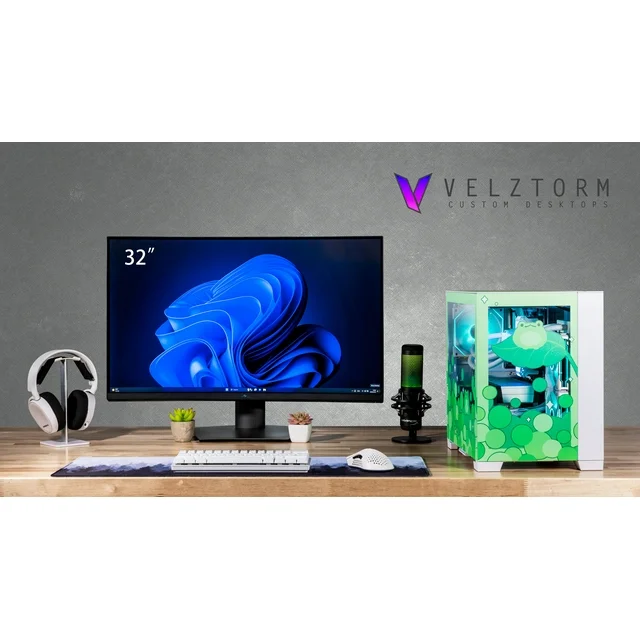Keeping your furry friend fed on time—even when your schedule changes—can be a challenge. A PetSafe Smart Feed solves this by combining programmable mealtimes, remote control via smartphone apps, and reliable backup power to ensure your cat or dog never goes hungry. In this article, we’ll explore how automated feeders work, their convenience for busy pet owners, portion control benefits, integration with smart homes, battery backup reliability, installation and setup, real-world use cases, and how they compare to traditional feeding methods.
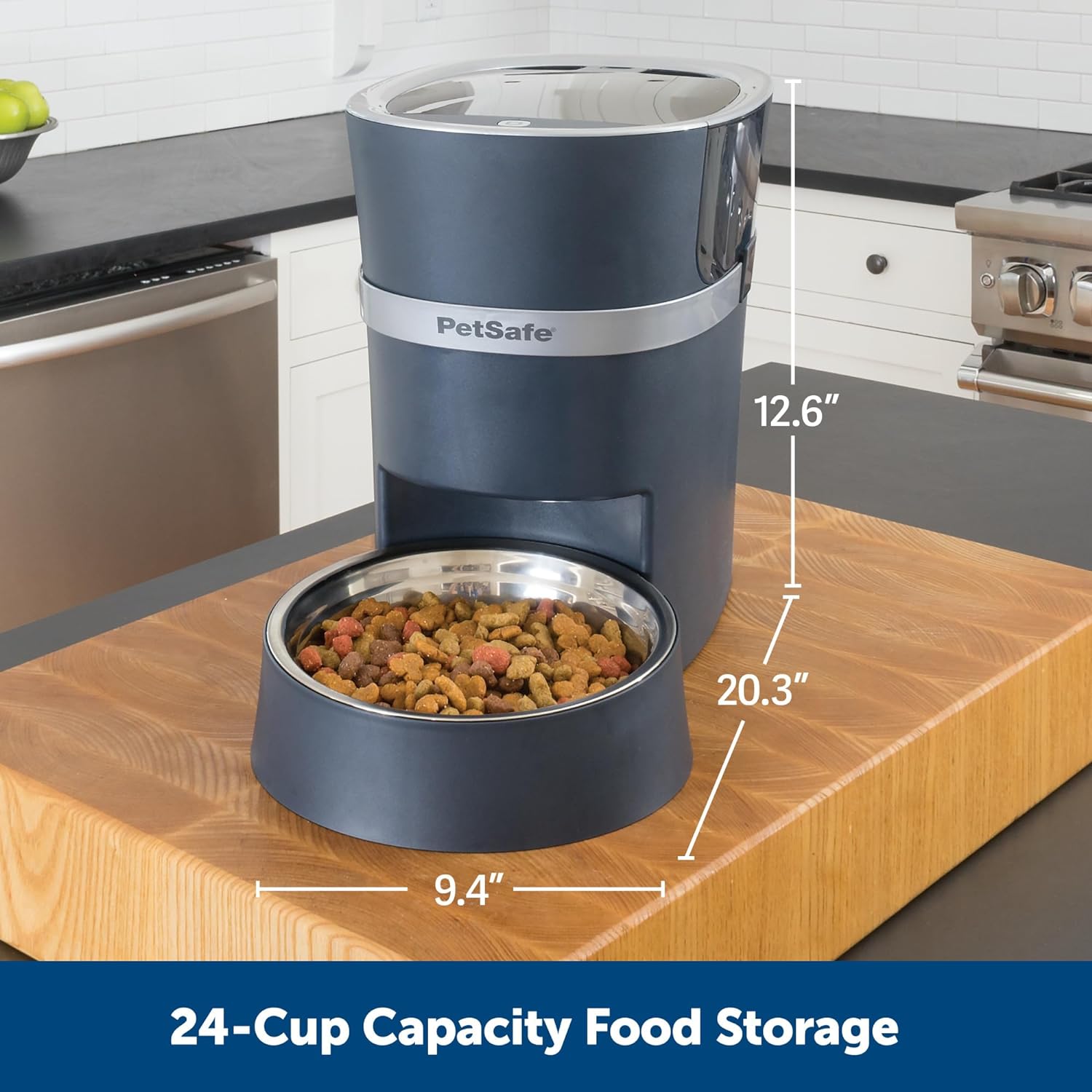
How Automated Pet Feeders Simplify Mealtime Routines
Automated feeders are designed to dispense precise portions of dry food at scheduled times, eliminating the need for manual scoop-and-serve routines. A typical smart feeder PetSafe Smart Feed includes a hopper—often holding several cups of kibble—an auger or rotating mechanism that measures each serving, and a digital timer. You program mealtimes through onboard controls or a companion smartphone app, and the feeder does the rest. For pet owners who work long hours, travel frequently, or juggle irregular schedules, this automation means no more rushed early-morning or late-evening trips to the kitchen. Consistent feeding times support digestive health and reinforce positive behavioral patterns—your pet learns when to expect food, reducing anxiety and begging behaviors.
Precision Portion Control for Better Health
Overfeeding can lead to obesity, while underfeeding can cause malnutrition. PetSafe Smart Feed takes the guesswork out of portion sizes by allowing you to set meal quantities down to the gram or cup. Many models offer customization for different pets: you might schedule three ¼-cup servings for a small cat or two 1-cup portions for a medium-sized dog. Portion control helps manage weight and prevents gulping, which can contribute to digestive upset or bloat. In multi-pet households, some feeders allow you to temporarily suspend dispensing if one pet has already eaten, ensuring each animal receives the correct amount. By maintaining an optimal feeding routine, you support your pet’s long-term health and well-being.
Smartphone and Voice-Controlled Convenience
Modern feeders connect to your home Wi-Fi network, enabling full control through iOS and Android apps. From the PetSafe Smart Feed app, you can:
- Create, edit, or delete feeding schedules
- Dispense an extra portion on demand
- Receive alerts when food levels run low
- Monitor your pet’s feeding history
Integration with voice assistants like Amazon Alexa and Google Assistant adds another layer of convenience: simply say, “Alexa, feed my dog,” to trigger an immediate meal. For families coordinating multiple caregivers, app-based permissions let you share controlled access—grandparents, pet sitters, or roommates can administer meals without logging into your main account. Remote control ensures that even the busiest, most travel-prone pet parents can check in and feed their companions from anywhere.
Reliable Backup Batteries for Uninterrupted Operation
Power outages don’t take a break just because your pet needs to eat. PetSafe Smart Feed includes battery backup—typically using C-cell or D-cell batteries—to maintain operation when the lights go out. With fresh batteries installed, a feeder will run through dozens of dispensing cycles, ensuring that scheduled meals still arrive. Some models also feature low-battery notifications, alerting you via the app when it’s time to replace cells. This failsafe is critical in areas prone to storms or during extended travel, giving you peace of mind that your pet’s routine remains intact regardless of household power fluctuations.
Easy Setup and Maintenance
Installing PetSafe Smart Feed is a straightforward DIY task. Most units come pre-assembled: simply place the feeder on a stable, level surface, fill the hopper with dry kibble, and connect to your Wi-Fi network through the companion app. Onboard menus guide you through selecting portion sizes and mealtimes, usually in a few taps. Cleaning requires only a damp cloth and occasional disassembly of the hopper and feeding tray, both of which are typically dishwasher-safe. Removable parts—like the food bowl and auger assembly—allow for thorough cleaning to prevent stale food buildup or mold. Well-designed feeders also feature smooth plastic or stainless-steel components that resist scratches and odors.
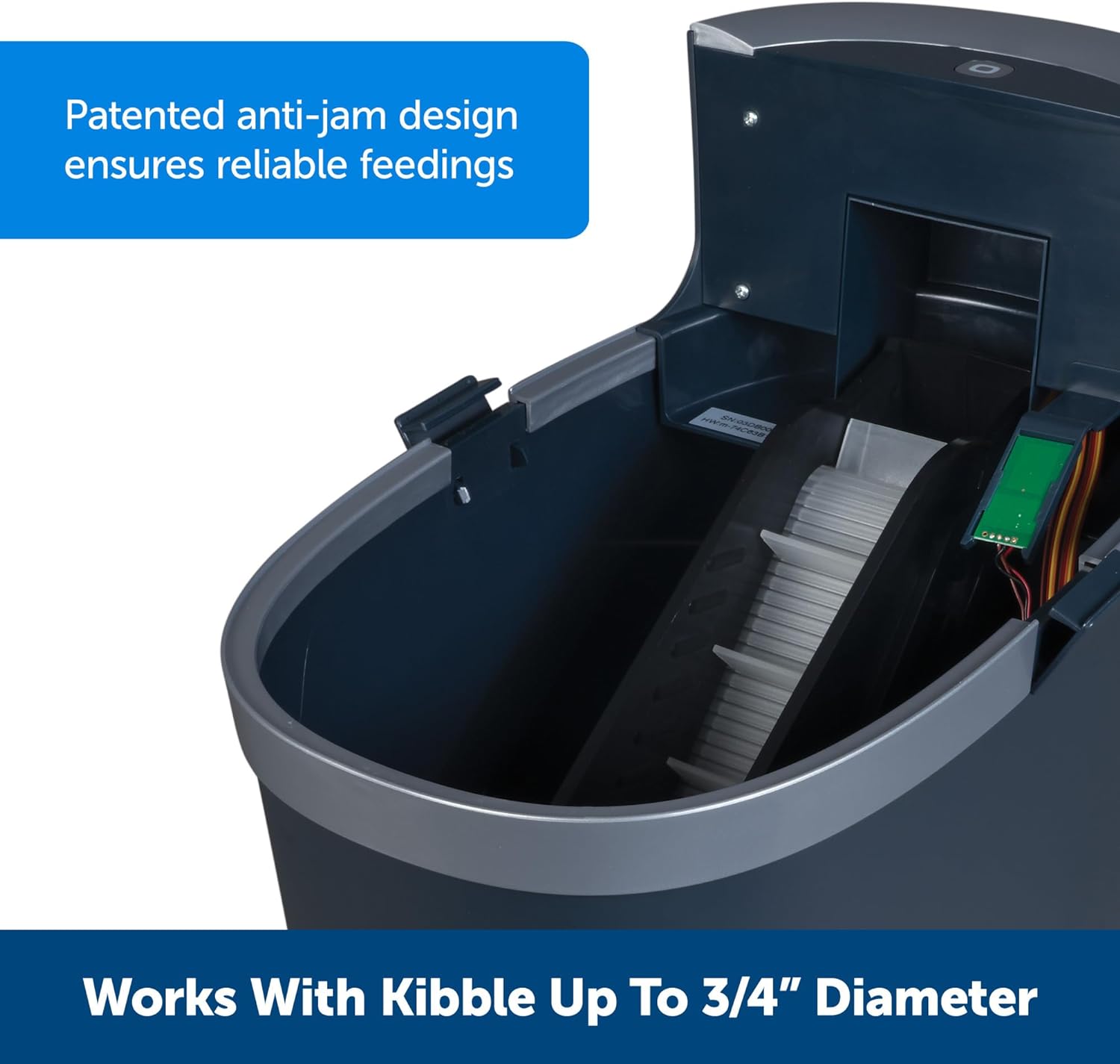
Ensuring Pet Safety and Food Freshness
Food safety is paramount with PetSafe Smart Feed. A high-quality automated feeder uses UV-resistant, BPA-free plastic or stainless steel to protect kibble from environmental contaminants. Sealed hopper lids keep pests—like pantry moths or rodents—out, while also preventing moisture from softening the food. For extra freshness, some feeders rotate the entire hopper periodically or include desiccant packets to absorb residual humidity. Built-in sensors can detect if the dispensing mechanism jams and send an alert, allowing you to clear the obstruction before your pet goes hungry. By maintaining a clean, dry environment for your pet’s food, these smart systems safeguard both taste and nutrition.
Real-World Use Cases for Automated Feeding
Busy professionals love smart feeders like PetSafe Smart Feed for avoiding rushed mealtimes during workdays. Travelers use them to manage feeding while away without relying on pet sitters. Senior pets on specialized diets benefit from strict portion control, helping manage conditions like diabetes or kidney disease. New puppy or kitten owners can set smaller, frequent meals to support healthy growth. In apartments with noise-sensitive neighbors, servo-quiet motors ensure nearly silent operation, even when dispensing in the dead of night. Rescue organizations and boarding facilities also employ smart feeders to streamline care for multiple animals, freeing staff to focus on socialization and cleanup rather than time-consuming manual feeding.
Comparative Advantages Over Traditional Feeders
Compared to gravity bowls or standard feeders, automated models like PetSafe Smart Feed offer superior scheduling flexibility, portion accuracy, and remote management. Gravity feeders simply refill the bowl, providing unlimited access—this can encourage overeating or spoilage. Manual dispensers require you to remember every meal, which can be a challenge if your schedule changes unexpectedly. In contrast, smart feeders combine the best of both: regulated access and automated delivery. While some DIY solutions—like timers attached to basic dispensers—exist, they often lack reliable Wi-Fi control, battery backup, or precise measurement tools. Investing in a dedicated smart feeder delivers a turnkey solution for modern pet care.
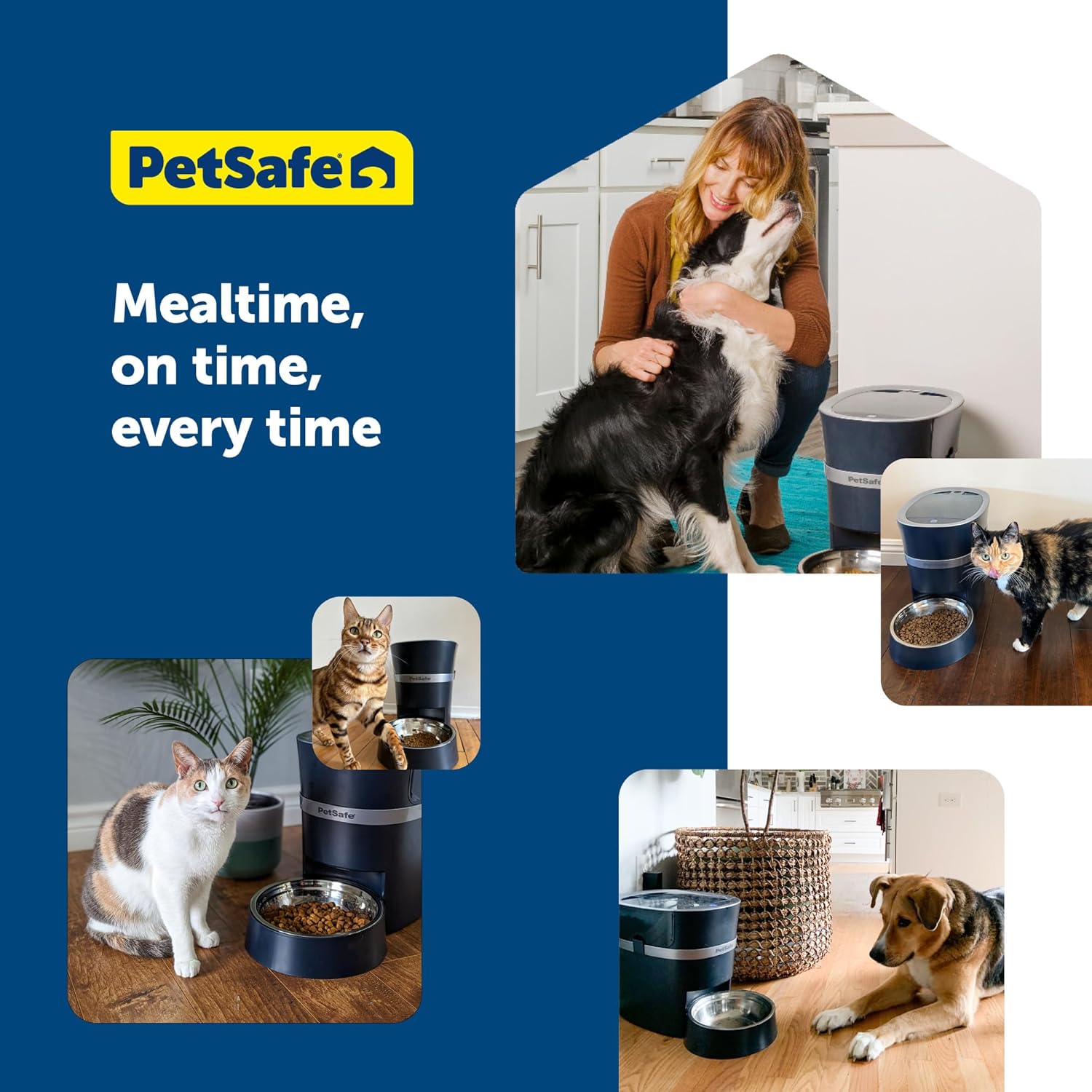
Tips for Getting the Most Out of Your Smart Feeder
To maximize the benefits of your automated feeder PetSafe Smart Feed:
- Start Slow – When first introducing the feeder, keep your pet nearby and dispense a few trial meals to help them familiarize with the new setup.
- Monitor Initial Usage – Use the app’s feeding logs to confirm that portions are accurate and your pet is eating comfortably.
- Regular Cleaning – Schedule monthly deep cleans of all removable parts to avoid stale food buildup and bacteria growth.
- Battery Checks – Replace backup batteries every six months—even if you haven’t received a low-battery alert—to ensure reliability.
- Adjust Portions as Needed – Review your pet’s weight and body condition score periodically; adjust feeding amounts in the app to maintain optimal health.
By following these practices, your smart feeder will become a seamless, worry-free element of your home routine.
Conclusion
An automated pet feeder PetSafe Smart Feed transforms mealtime from a manual chore into a hands-off, reliable process—perfect for the modern pet owner. With precise portion control, remote programming via smartphone and voice assistants, battery-backed continuous operation, and straightforward installation, smart feeders ensure your cat or dog receives timely, consistent nutrition. Whether you’re balancing work, travel, or simply seeking greater convenience, investing in a quality feeder delivers peace of mind and a happier, healthier pet.
FAQ
- How many meals can I schedule per day?
Most smart feeders support up to four or more distinct mealtimes daily, each with customizable portion sizes. - Will my pet learn to use the feeder?
Yes—pets typically adapt after 1–2 days of trial feeding. The app can dispense a trial meal to encourage exploration. - Can I use wet food?
No—smart feeders are designed for dry kibble only. Wet food can clog the mechanism and spoil quickly. - What happens if the Wi-Fi disconnects?
Scheduled meals continue on the feeder’s internal timer. Remote controls and alerts resume once your network restores. - Are replacement parts available?
Yes—replacement bowls, auger assemblies, and battery trays can be ordered directly from the manufacturer. - How do I clean the feeder?
Remove the hopper lid, food bowl, and auger; wash with warm soapy water or place in the dishwasher if labeled dishwasher-safe. - Will this work during travel?
Absolutely—set feeding schedules before you leave, and the feeder will operate independently for the duration of your trip. - Can multiple pets share the feeder?
They can, but active supervision may be needed to ensure one pet doesn’t monopolize meals. Microchip-enabled feeders are available for individual targeting.

